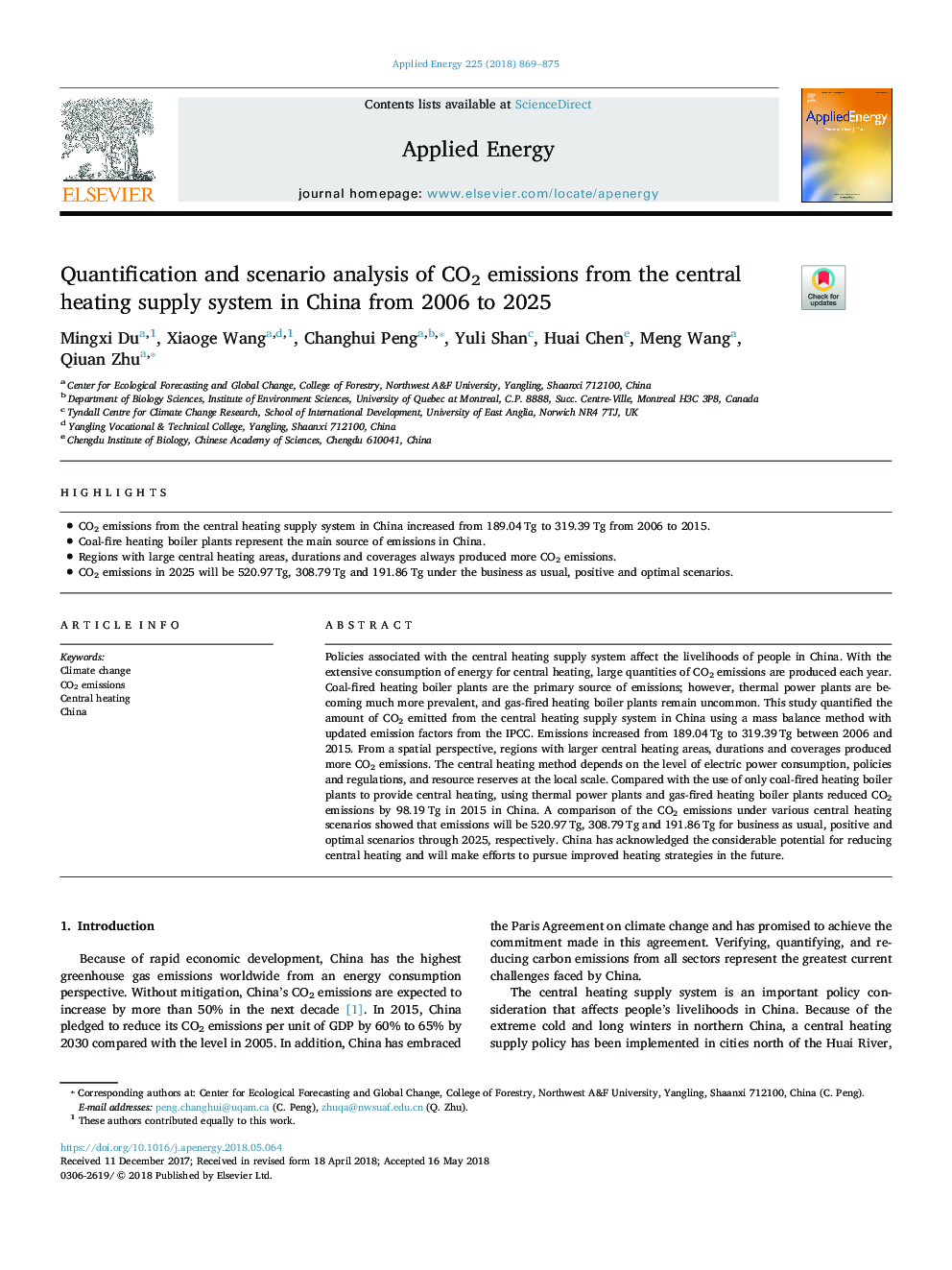| Article ID | Journal | Published Year | Pages | File Type |
|---|---|---|---|---|
| 6679980 | Applied Energy | 2018 | 7 Pages |
Abstract
Policies associated with the central heating supply system affect the livelihoods of people in China. With the extensive consumption of energy for central heating, large quantities of CO2 emissions are produced each year. Coal-fired heating boiler plants are the primary source of emissions; however, thermal power plants are becoming much more prevalent, and gas-fired heating boiler plants remain uncommon. This study quantified the amount of CO2 emitted from the central heating supply system in China using a mass balance method with updated emission factors from the IPCC. Emissions increased from 189.04â¯Tg to 319.39â¯Tg between 2006 and 2015. From a spatial perspective, regions with larger central heating areas, durations and coverages produced more CO2 emissions. The central heating method depends on the level of electric power consumption, policies and regulations, and resource reserves at the local scale. Compared with the use of only coal-fired heating boiler plants to provide central heating, using thermal power plants and gas-fired heating boiler plants reduced CO2 emissions by 98.19â¯Tg in 2015 in China. A comparison of the CO2 emissions under various central heating scenarios showed that emissions will be 520.97â¯Tg, 308.79â¯Tg and 191.86â¯Tg for business as usual, positive and optimal scenarios through 2025, respectively. China has acknowledged the considerable potential for reducing central heating and will make efforts to pursue improved heating strategies in the future.
Related Topics
Physical Sciences and Engineering
Energy
Energy Engineering and Power Technology
Authors
Mingxi Du, Xiaoge Wang, Changhui Peng, Yuli Shan, Huai Chen, Meng Wang, Qiuan Zhu,
